We all are indebted to nature for providing us food and its resources for our subsistence and survival.
In the food domain, cereal and legume grains occupy the front line, whereas, horticultural crops have occupied the second line of defense. For healthy diet cereals and legumes provide us with carbohydrates and protein, whereas, fruits and vegetables provide us minerals and vitamins. Both macro- and micro- nutrients are essential for human growth and development. The fruits and vegetables are the major source of micro-nutrients. It is estimated that up to 2.7 million lives could potentially be saved each year if fruit and vegetable production was sufficiently increased.
Both at national and international levels, food and agriculture/horticulture development plans and estimates are basically developed, framed and implemented, and narrowed down to cereal production. In the present context of attaining nutrition security, this mode of thinking on ‘food’ needs to be changed to ‘nutrients’, which will include necessarily all those crops including fruit and vegetables which provide all macro- and micro-nutrients to ensure balanced nutrition needed for good human health.
The present publication has attempted to reflect and discuss the above views and ideas on the subject of sustainable horticulture development and nutrition security in nine chapters with 32 articles by 32 authors.

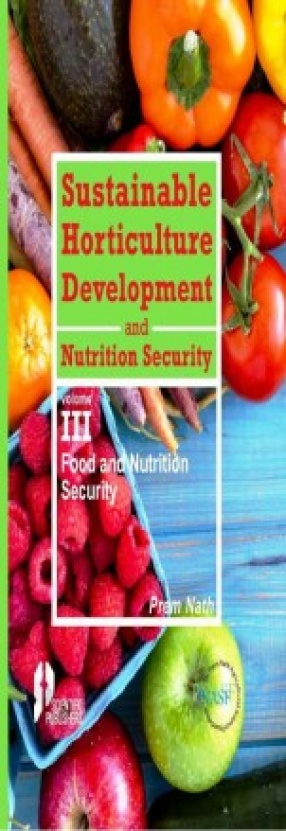
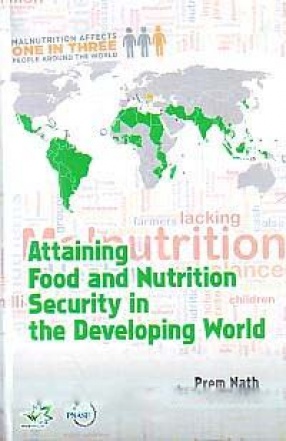
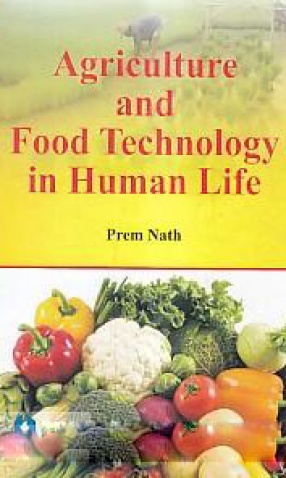
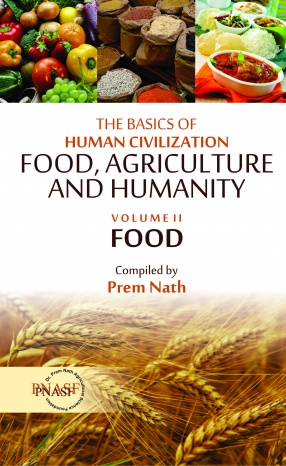

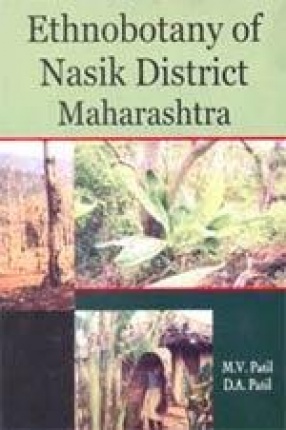

There are no reviews yet.